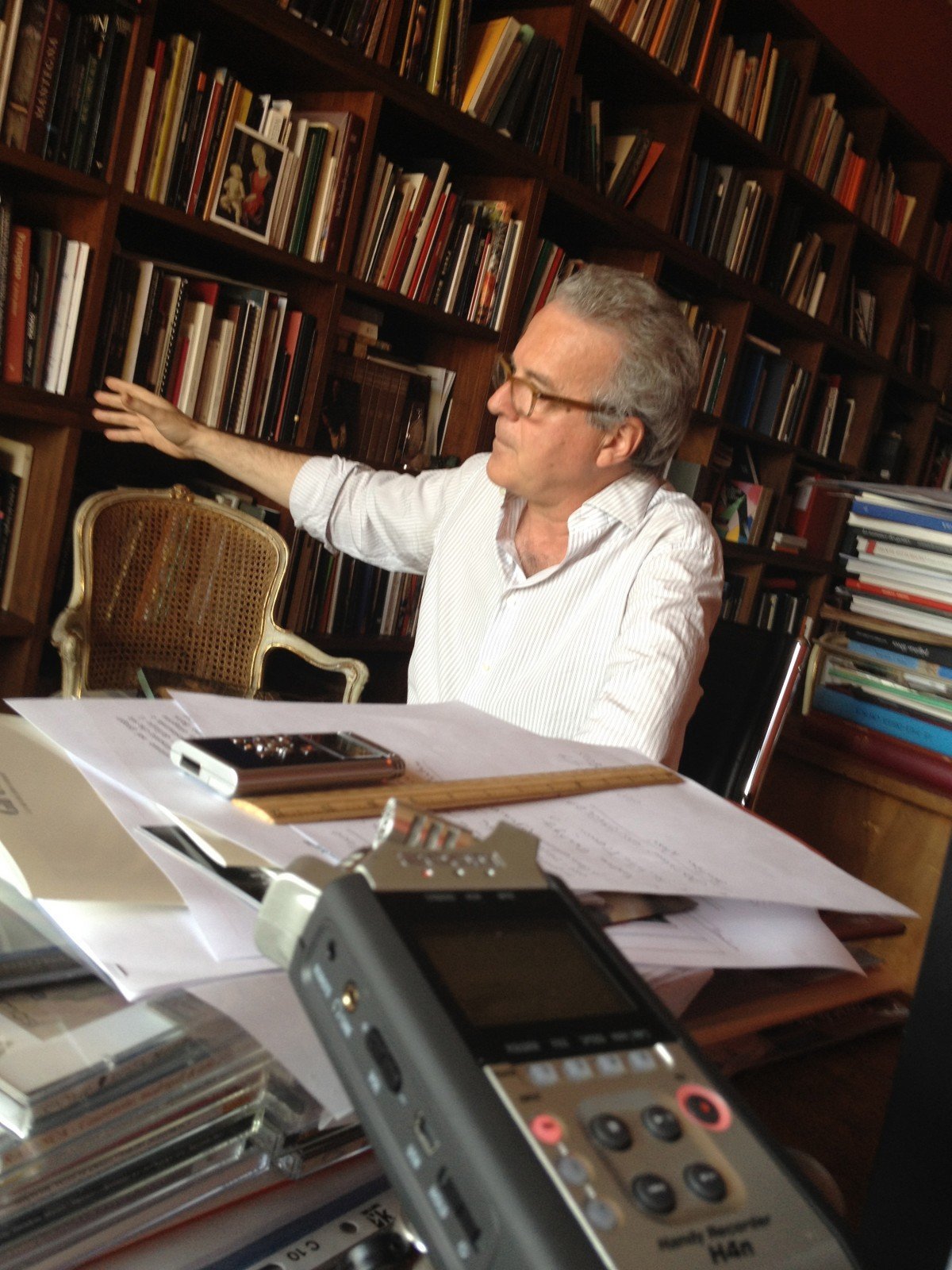Soon an international call to direct the 10 leading Italian museums (including the Uffizi)
The reform of the Italian Ministero dei Beni e della Attività Culturali, finally published a few days ago in the Official Journal of the Italian Government, is at the basis of the decision announced yesterday by the Prime Minister Matteo Renzi himself, after a meeting of the Partito Democratico’s directorate: soon the directors of the 10 main Italian museums will be selected by an international call to be published in The Economist and other leading international newspapers and magazines.
Considering the crisis afflicting the Italian museums, which are suffering a dramatic lack of resources due to the cuts operated in the last 10 years, this is to be regarded as a potential revolution. Which ones are these ten “main” museums has not been announced yet, but surely the list will include the Galleria degli Uffizi, whose director, Antonio Natali, is almost ready to retire. “It’s a good choice – he commented – this way it will be easier to find my successor”.
Most of the country’s 4500 museums are essentially financed by local councils, and only a few of them – 20 according to the reform approved last August by the Parliament – have now become “independent, with their own budget, their own statute, and soon with great international personalities, selected with public international calls, to direct them”, so declared by Minister Dario Franceschini yesterday. On the contrary, local museums, a still considerable part of this issue, generally don’t have autonomy in expenditure; in most of the cases they are managed indirectly by the city council and that is the reason why they end up to be ruled by politicians, who often use, and abuse them, to promote themselves or their political party.
The instance of the Musei Civici di Como is an emblematic one: this group of institutions, which gathers together five museums, including the Pinacoteca Civica di Palazzo Volpi, doesn’t have a director-in-charge. It is governed, or dictated, by the local councillor of culture, who is a curator and also the owner of the only agency providing cultural services in Como. But, since Italy is only 59 out of 179 listed countries in the World Press Fredoom Index published by Reporters without Borders in 2013, citizens of Como appear not to care about this clear conflict of interests, and are indeed comfortable with their passive cultural institutions.
It is to be said the this problem is partly the result of the policy of de-localization of culture adopted by the Italian government during the Seventies in response the depopulation of the countryside occurred at that time as a dangerous side effect of the second economic boom. In 1974, when the Minister of Culture was founded thanks to Giovanni Spadolini, politicians followed the idea that by preserving the cultural identity of the many towns in the country, their citizens would not leave them for the main cities.
If Italy is finally ready to reach the standard of the leading international cultural institutions only the future will say, but another crucial element is to be taken into consideration. Currently the salary of the directors of some of the main Italian museums is extremely poor: who will be that leading international cultural figure who accepts 1200 Euros per month, the amount the director Antonio Natali is paid at the moment? Are Matteo Renzi and Dario Franceschini aware that institutions like the National Gallery in London, the Louvre in Paris, or the Met in New York, pay a lot more their professionals? Or, is there a private sponsor that will also pay this bill?
December 2, 2014

